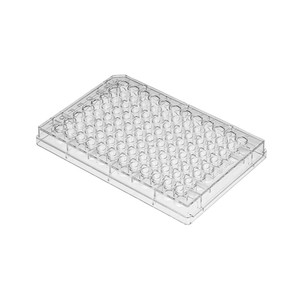
All categories
Featured selections
Trade Assurance
Buyer Central
Help Center
Get the app
Become a supplier

(Có 174 sản phẩm)








 Cotaus bán chạy nhất Độ chính xác cao máu Nhóm thuốc thử Kit kiểm tra tấm cho máu phân tích
Cotaus bán chạy nhất Độ chính xác cao máu Nhóm thuốc thử Kit kiểm tra tấm cho máu phân tích

 Que Thử Nghiệm Vi Lượng Nước Tiểu URS-11MA Que Thử Ketone Que Thử Nước Tiểu Kiểm Tra 11 Thông Số
Que Thử Nghiệm Vi Lượng Nước Tiểu URS-11MA Que Thử Ketone Que Thử Nước Tiểu Kiểm Tra 11 Thông Số
 Thử Nghiệm Chuyên Nghiệp URS-2P Xét Nghiệm Nước Tiểu Thuốc Thử Microalbumin Kiểm Tra Nước Tiểu Dải
Thử Nghiệm Chuyên Nghiệp URS-2P Xét Nghiệm Nước Tiểu Thuốc Thử Microalbumin Kiểm Tra Nước Tiểu Dải
 Microalbumin nước tiểu kiểm tra dải 10 tham số xét nghiệm nước tiểu Dải nhiễm trùng đường tiết niệu dải
Microalbumin nước tiểu kiểm tra dải 10 tham số xét nghiệm nước tiểu Dải nhiễm trùng đường tiết niệu dải Loại bỏ tất cả các vấn đề về chăm sóc da của bạn bằng cách chọn từ công thức đặc biệt. dải thử nghiệm microalbumin có sẵn cho mọi loại da, dù là da dầu, da khô hoặc da hỗn hợp .. dải thử nghiệm microalbumin có hiệu quả cao và thực hiện chức năng làm sáng, làm sáng, dưỡng ẩm hoặc làm săn chắc da với hiệu quả cao nhất. Họ được đảm bảo sẽ giúp biến đổi làn da của bạn một cách tích cực để đạt được vẻ ngoài mong muốn.
Chọn từ trêu ngươi. dải thử nghiệm microalbumin trên Alibaba.com và bắt đầu hành trình hướng tới làn da đẹp. Với giá hời, đây là những điều lý tưởng. nhà cung cấp dải thử nghiệm microalbumin cũng để mua với số lượng lớn hơn. Những sản phẩm chất lượng cao này là một món đồ ăn cắp với mức giảm giá phi thường này.